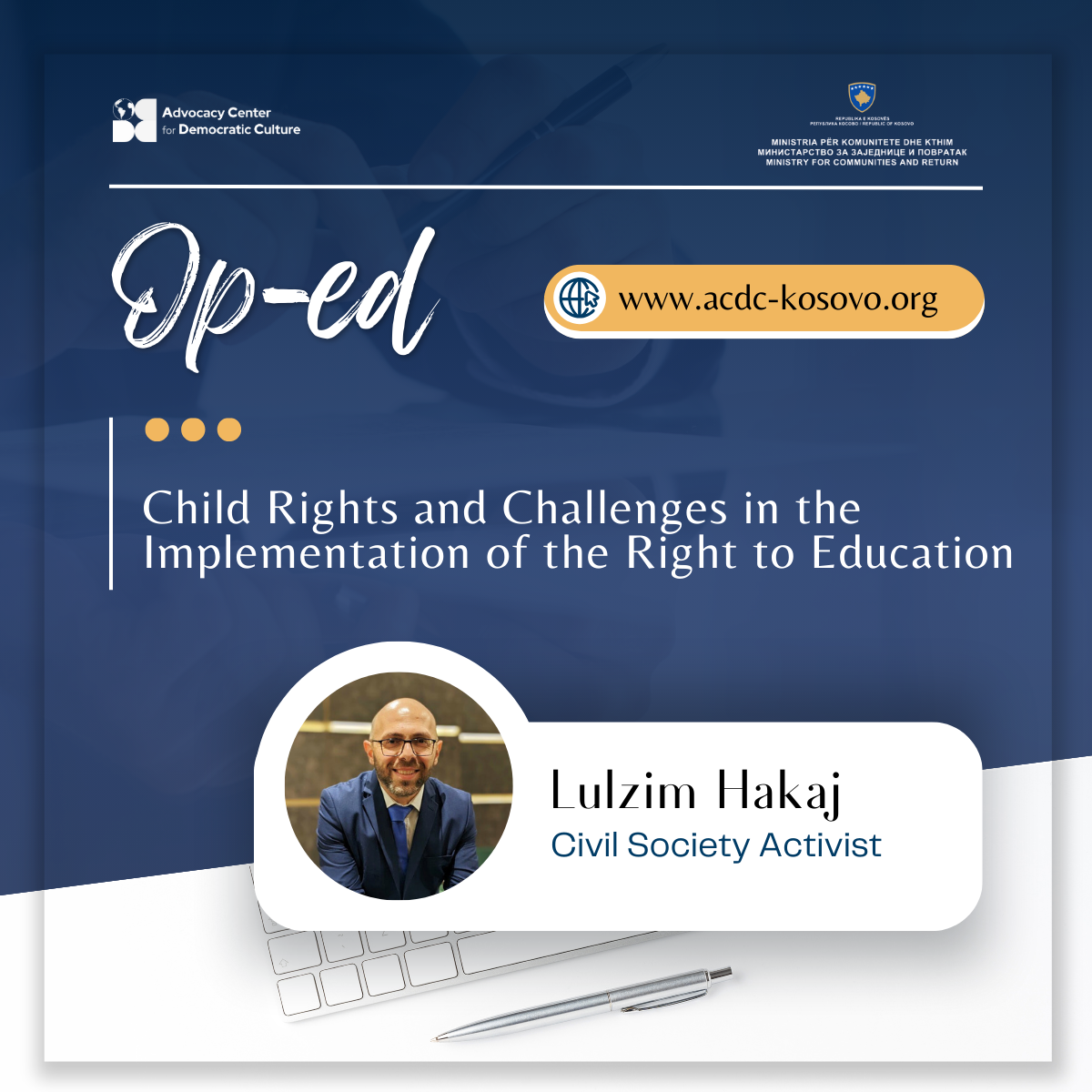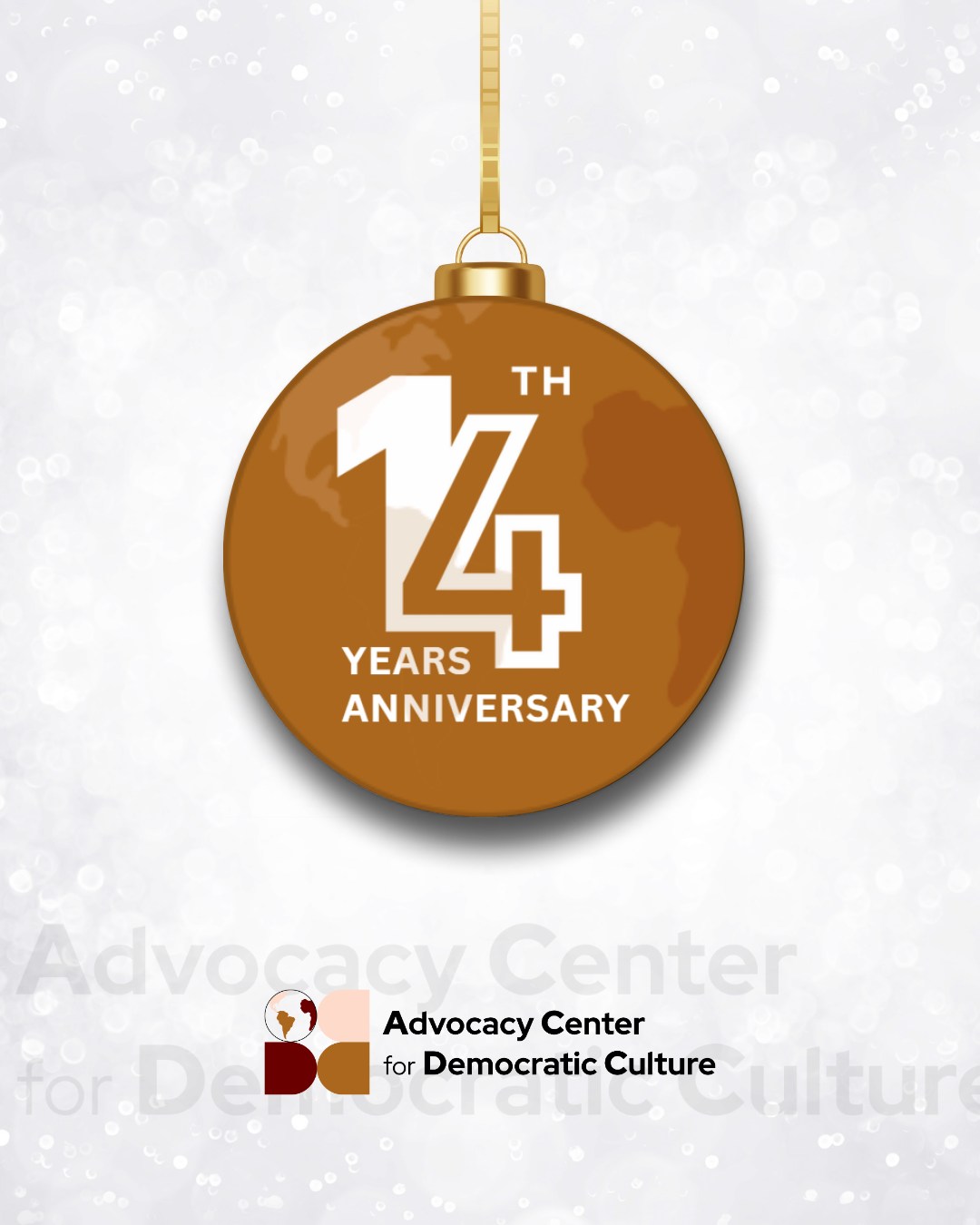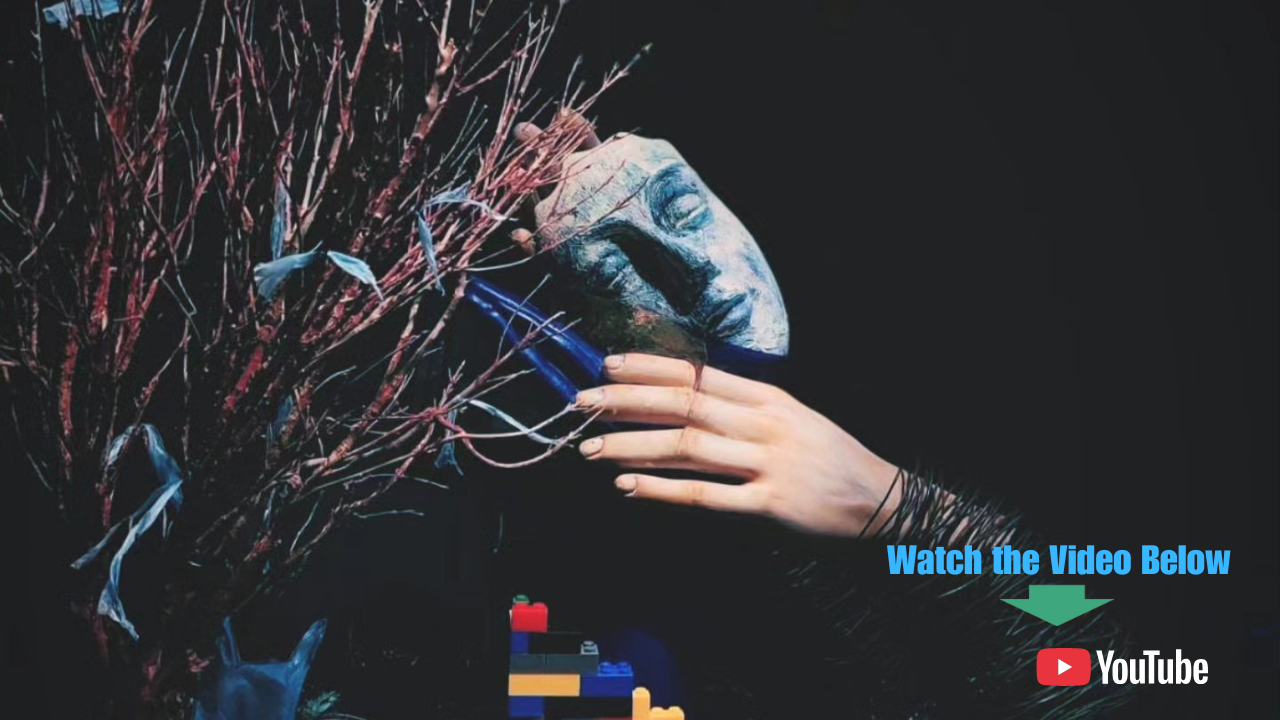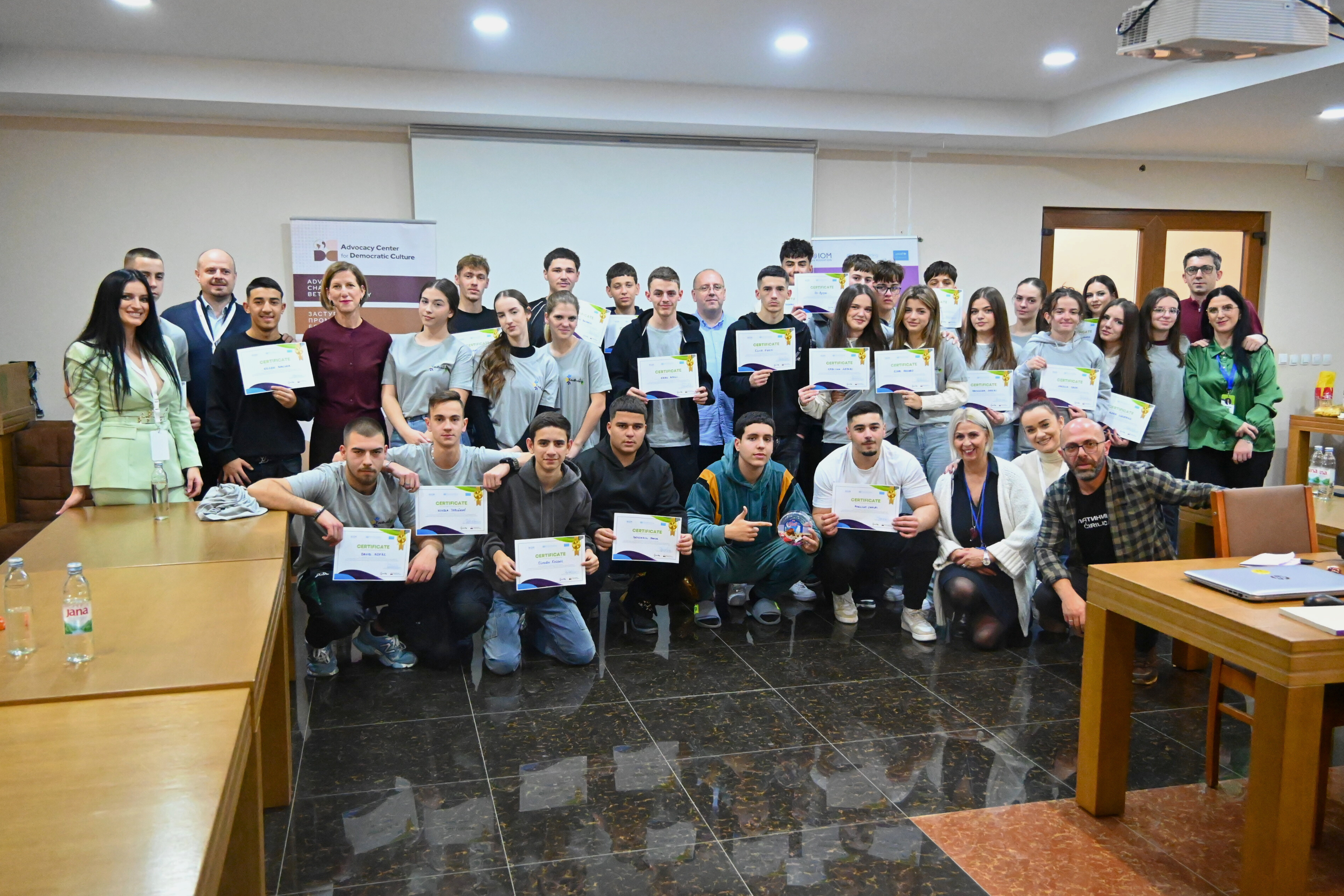21.03.2024. » 05:35
OP-ED Children's Rights and Challenges in Implementing the Right to Education
Children's rights are broadly protected by a large number of international instruments, including human rights, humanitarian law, and refugee law. Children benefit from rights contained in general agreements. In addition, a number of specific documents have been developed to provide special protection for children with disabilities, as well as for healthy development and active participation of young people in society.

Children's rights are broadly protected by a large number of international instruments, including human rights, humanitarian law, and refugee law. Children benefit from rights contained in general agreements. In addition, a number of specific documents have been developed to provide special protection for children with disabilities, as well as for healthy development and active participation of young people in society.
The European Convention on Human Rights contains many articles to protect children's rights, for example, Protocol 1, Article 2; the right to education. However, the United Nations Convention on the Rights of the Child from 1989 serves as a general framework for children's rights. This convention is the first document specifically developed for children's rights and marks an important milestone in the perspective of rights-based approaches, which obliges governments and makes them legally responsible in case of failure to fulfill children's rights. The Convention on the Rights of the Child creates a new vision for children as holders of rights and responsibilities, according to their age. This differs from the idea that sees them as the property of their parents or as vulnerable recipients of charity. Children's rights cover every aspect of children's and adolescents' lives, which can be categorized as follows:
Rights to survival: the right to life and the right to meet basic needs (for example, the right to an adequate standard of living, shelter, food, and medical care).
Rights to development: rights that enable children to fully develop their potentials, including: education, play and recreation, cultural activities, access to information, and freedom of thought, conscience, and religion.
Rights to participation: rights that enable children and adolescents to play their role in the community (for example: freedom of expression, the right to have a voice in matters concerning their lives, freedom of organization, etc.).
Rights to protection: fundamental rights for the protection of children and adolescents from all forms of abuse, neglect, and exploitation (for example: the rights of refugee children to special care and protection from their participation in armed conflicts, as well as rights related to child labor, torture, abuse, and drug abuse).
Education is valuable as a human right in itself, as it is necessary for the realization of other rights. An educational system based on respect for rights better fulfills its mission of quality education for all. Article 26 of the Universal Declaration of Human Rights declares that:
"Everyone has the right to education. Education shall be free, at least in the elementary and fundamental stages. Elementary education shall be compulsory. Technical and professional education shall be made generally available, and higher education shall be equally accessible to all on the basis of merit."
Education should serve the full development of the human personality and the promotion of peace.
The right to education must be enjoyed by all - regardless of ability, race, faith, gender, nationality, sexual preferences, class, or other distinguishing factors. In addition, such education, as defined by the Children's Rights Code (CRC), must be structured to respect students' basic rights.
An important principle underlying human rights and a rights-based approach is the principle of non-discrimination. In the field of education, the consequences are multiple and include equal rights to education and special attention to vulnerable or marginalized groups. UNESCO's initiative for a friendly school and access is based on human rights-based education implementation of the Convention on the Rights of the Child. The ability to implement this approach requires a better understanding of human and children's rights, as well as their significance for thinking, planning, and evaluating education.
Applicability...!
All of this is part of the regulatory framework for the right to education. However, in our country, like many other rights, the right to education lags behind in implementation. We are witnessing cases where many primary schools teaching the basics of education have emptied or closed in rural areas. All due to the lack of accompanying infrastructure, i.e., ensuring basic conditions for continuing education. And, on the other hand, we have an EXCESS of student enrollment in schools in urban areas, which effectively prevents effective learning.
We have various reports conducted by domestic and international institutions on the lack of learning in primary and secondary schools.
"According to a study by the ETEA organization, 70 percent of high school students cannot list three titles of books they have read in their entire lives. (full article in Albanian: https://www.koha.net/arberi/402876/nxenesit-obligohen-te-lexojne-romane-me-permbajte-joadekuate/)
Education institutions, both at the local and central levels, undoubtedly, should carefully address this situation. This is perhaps just one example that should collectively concern us, if we strive to improve the quality of education and achieve better rankings in the world education and science list.
Author: Lulzim Hakaj - Civil Society Activist. Graduated in Public Administration, Political Science, and Diplomacy.
Latest news







